The Camera:
For this project I used a rather special Graflex Speed Graphic 4x5 large format camera. Graflex was founded as Folmer and Schwing Manufacturing Company in 1887 by William F. Folmer and William E. Schwing. The metal working company manufactured bicycles, chandeliers and gas light fixtures. As demand for gas lamps declined, the company began making photographic equipment and eventually released the first Graflex camera in 1899. It was so successful that the company dropped all other manufacturing interests to focus soley on the photography market. In 1905 it was acquired by George Eastman and the Eastman Kodak Company (yeah, George really had his hands on EVERYTHING). In 1926, Kodak was forced to divest from the company due to violations of anti-trust laws. Graflex Inc. was born.
The company made large and medium format cameras for over 60 years from 1912-1973. They were especially popular among press and sports photographers in the early 20th century due to their use of a focal plane shutter and the ability to set high shutter speeds to freeze motion. With the early Graflex cameras, shutter speeds were set by winding a spring to a pre-determined tension using a key and matching that with a selected slit width for the shutter opening. A table on the side of the camera told photographers what combinations were needed to achieve the desired shutter speed.
The iteration of the Graflex that I own was manufactured in the 1940s and ‘50s. Shutter speed controls had been simplified significantly by then so I just need to move a little dial on the lens.
To read about the really unique history of this specific camera, check out the FIRST ever edition of The Twin Lens Gazette.
The Film:
For this project I decided to try Ilford’s HARMAN Direct Positive Paper. This fiber based photo paper is a traditional silver gelatin black & white type. The quirky part about the technique is that no negative is produced. The image projected onto the paper will create a 4x5 positive print once developed.
The paper has to be loaded into special 4x5 film holders in a room lit only by a dim red safelight. I just unscrewed all the lightbulbs in my windowless bathroom and installed one safelight bulb. After loading the paper in the light tight holders, I was ready to begin experimenting!
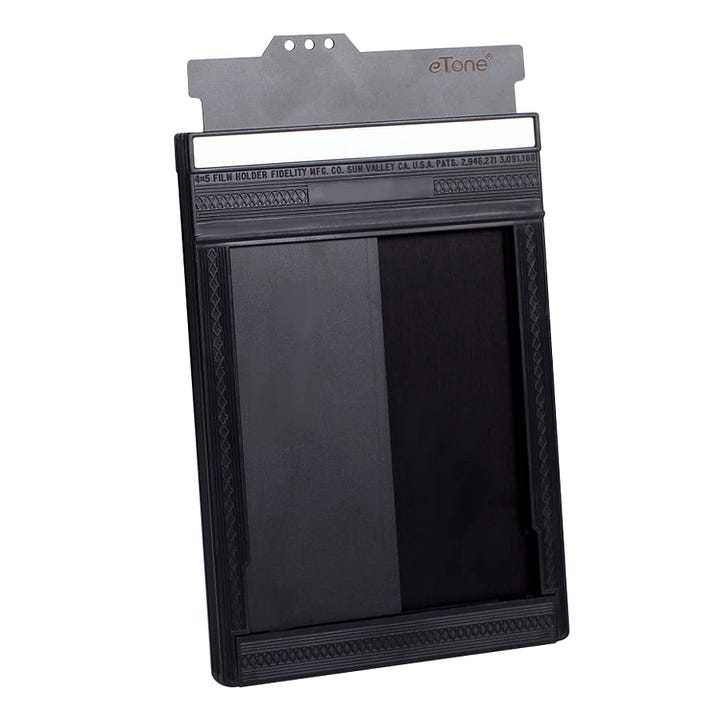
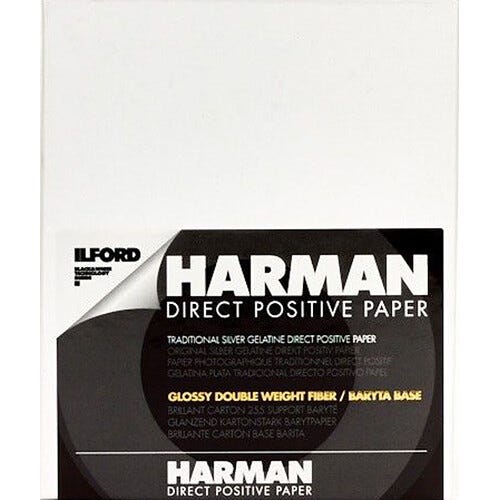
Making the Pictures:
Focusing is quite an involved process. The first step is to secure the camera on a tripod. The back of the camera then flips open to reveal a large screen. The lens must then be manually opened before focusing the camera by sliding the front of it on a track, extending or retracting the billows in the process. I often use a loupe on the back screen to ensure I have nailed the focus before closing the lens and the back of the camera. I then set my shutter speed and aperture before sliding a pre-loaded 4x5 film holder into the camera via a slit on the back right of the camera. The next step is to remove the dark slide, revealing the film. I am now ready to make my exposure (I often use an external shutter release cable for stability). After making the picture, I replace the dark slide and pull out the film holder.
The Process:
For this black and white paper I used Sprint black & white print developer which is diluted, at 100mL of developer to 900mL of water. I pour the developer into a tray meant for developing 8x10 prints.
Place the photo paper in the developer filled tray under the dim red safelight.
Agitate on and off using tongs for 2-3 minutes.
Rinse the paper for around 1 minute under running water.
Pour fixer (I use Sprint) into a second tray and agitate for 4 minutes.
Wash for 5 minutes in running water.
The Results:
The paper does not have an ISO rating so my exposures were all guess and checks. I think the paper is pretty novel and fun but my exposures were all over the place. I think with a bit more practice, I can make some really cool photos with this process. The images I did get vary in contrast but I am always happy when I get any images at all with new experiments!
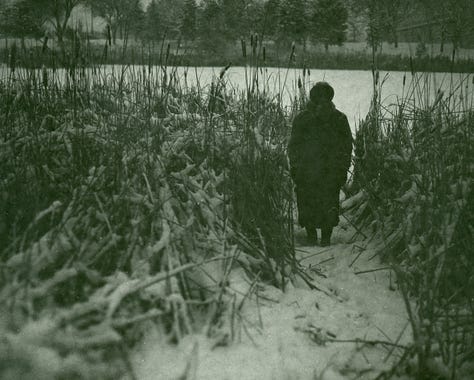
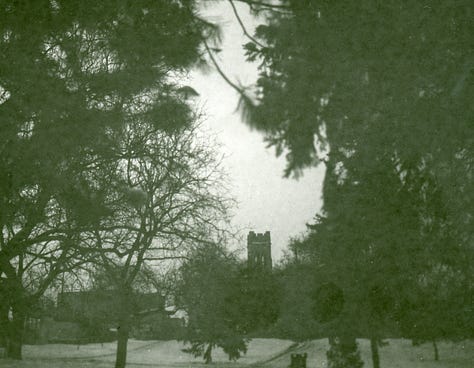
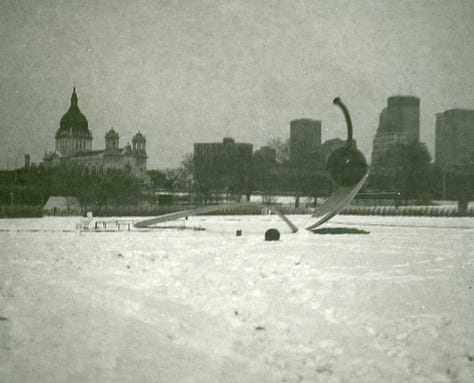
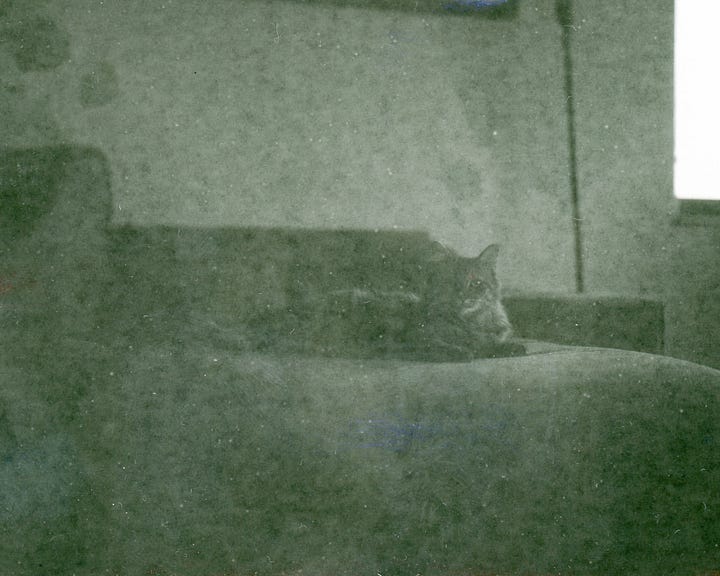
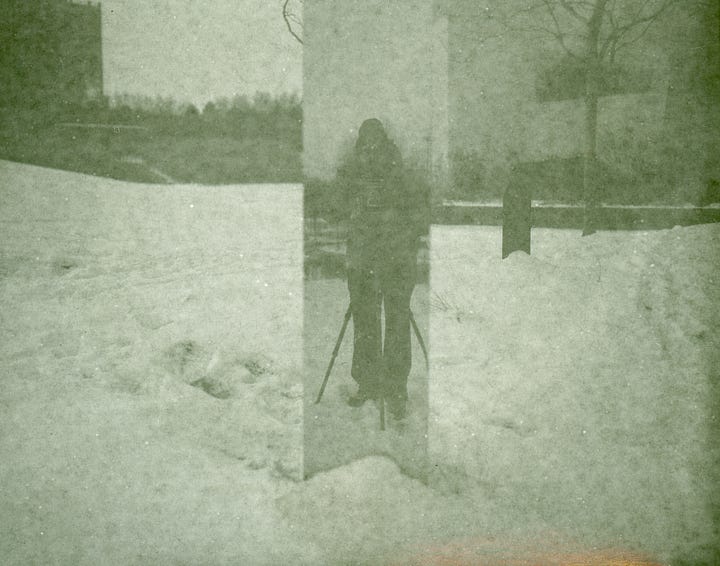
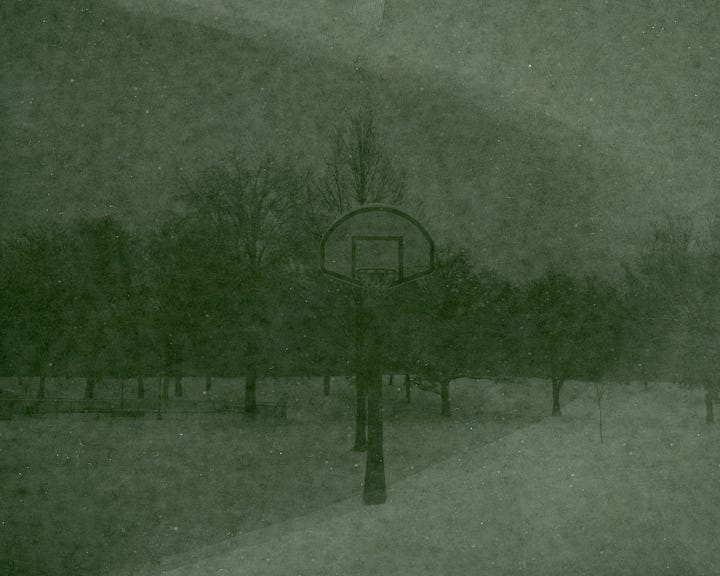
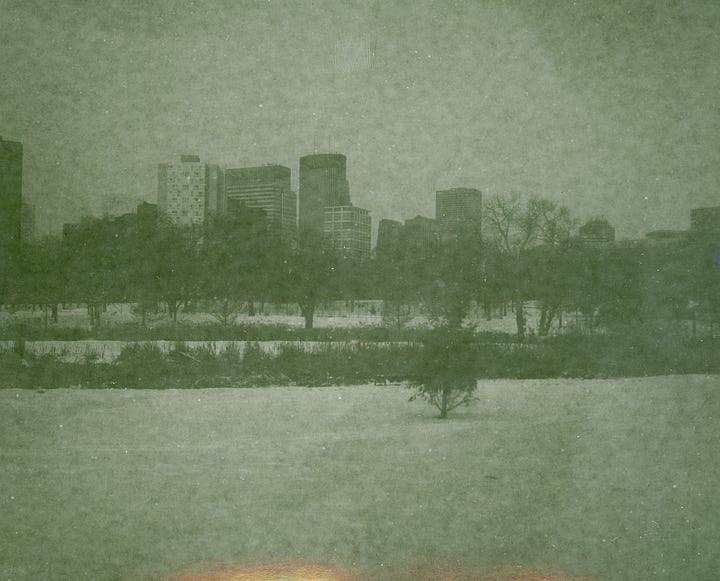
Fun Fact:
The Graflex camera was so ubiquitous with press photographers that the New York Daily News included a stylized image of one in their masthead and it is still used to this day. The Daily News also happened to be one of the two newspapers my dad, Russ, picked up every single day, along with the Bergen Record. It was more of a tabloid than a newspaper but it was part of my childhood and a core memory I have with my late father.






